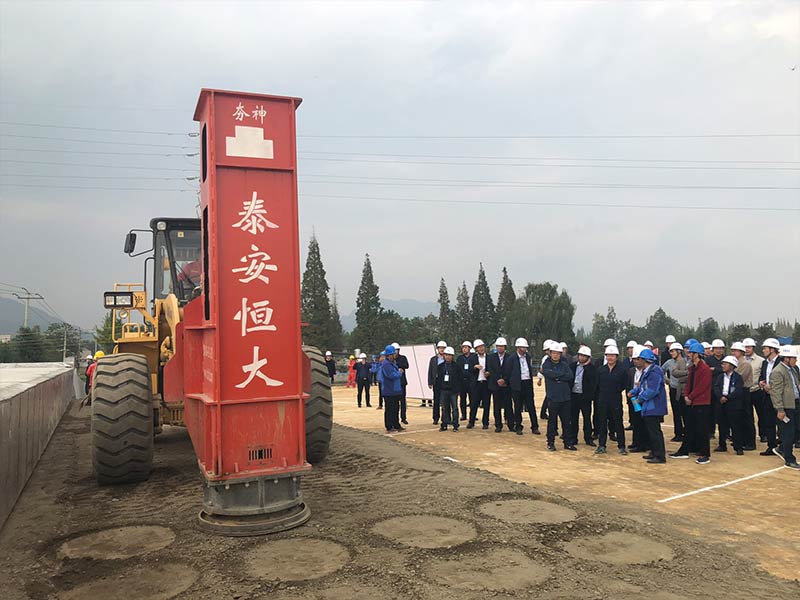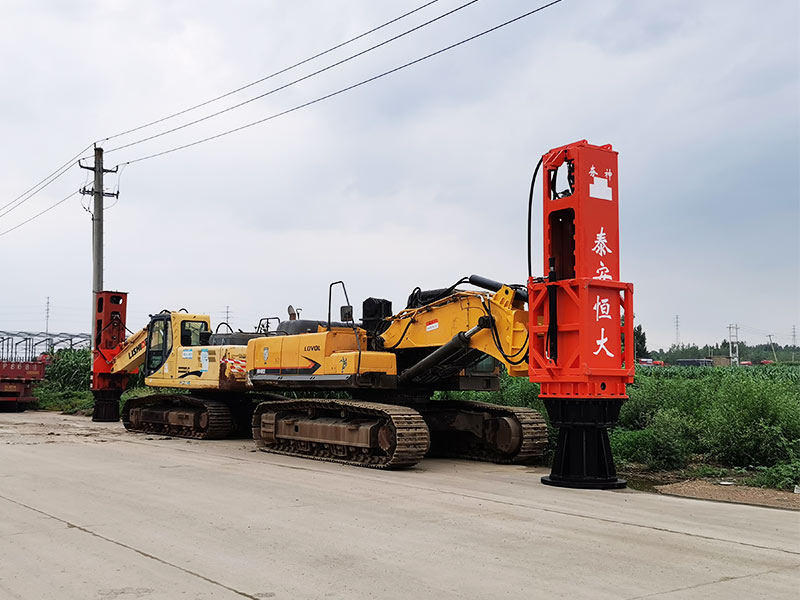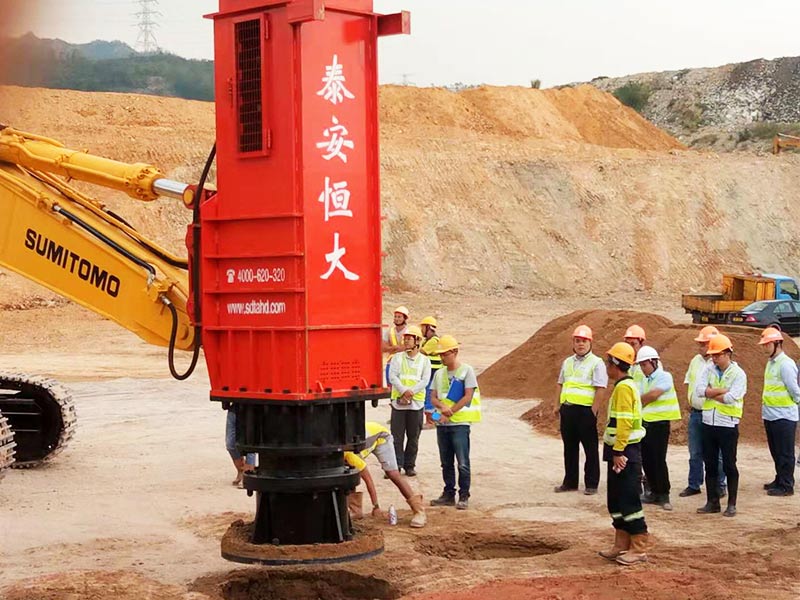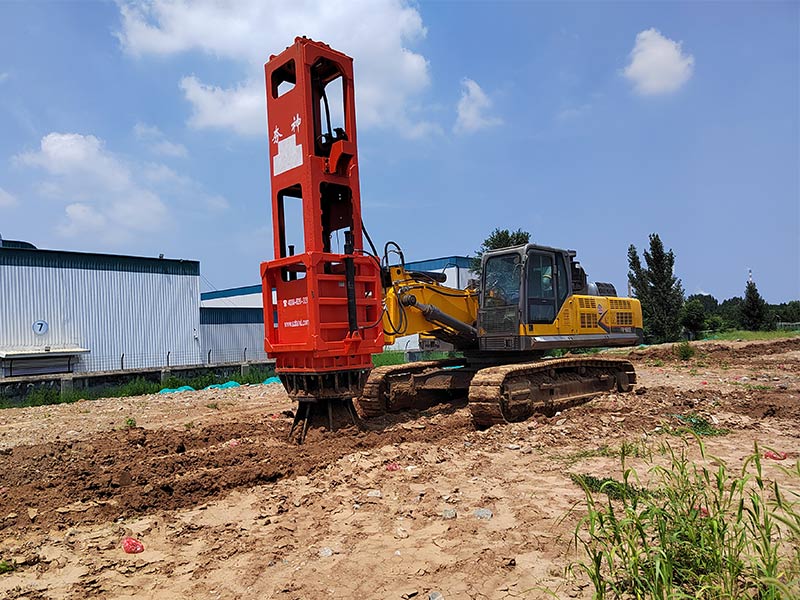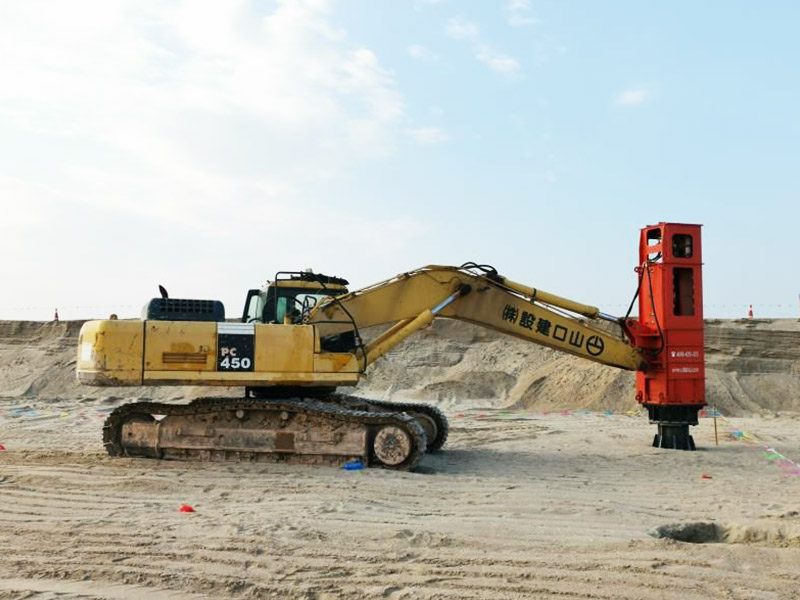Directory
There are three types of compaction methods
This method is mainly used for non-cohesive soil compaction
Rapid impact compaction features
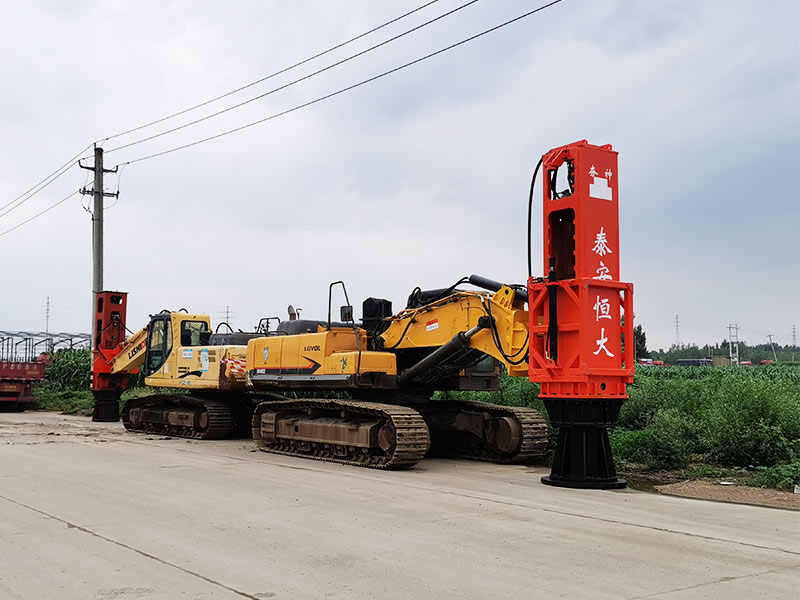
There are three types of compaction methods: rolling, tamping and vibration.
1. Rolling method: The soil is compacted by the pressure of drums or wheels rolling along the filling surface, which is mostly used in large-area filling works.
2. Compaction method: It uses the impact force of the rammer to tamp the soil when it falls freely. It is mainly used for the compaction of foundation pits (grooves), ditches and various scattered and small fills in corners. The advantage is that thicker soil layers can be compacted, and cohesive and non-cohesive soils can be compacted.
3. Vibration compaction method: place a vibratory compactor on the surface of the soil layer, and use the vibration mechanism to make the compaction machine vibrate, and the soil particles will undergo relative displacement to achieve a compact state.
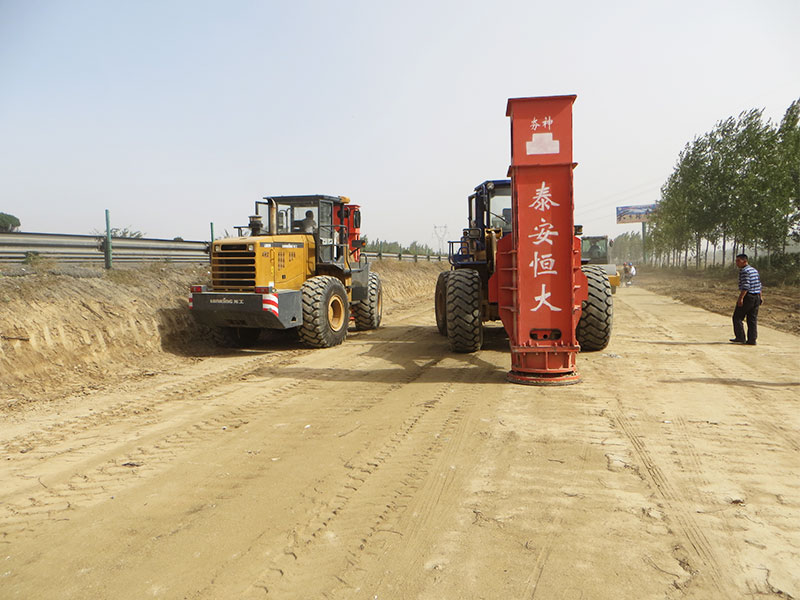
This method is mainly used for non-cohesive soil compaction. Influencing factors of compaction
1. Under the influence of compaction work, the compressive stress of soil will become smaller and smaller with the increase of depth. Among them, compaction machinery, soil properties and water content will cause certain changes to the affected depth.
The thickness of the soil layer should not be greater than the depth of action when compacting the soil by mechanical compaction. Attention should be paid to the optimal thickness of the soil layer. If the soil layer is too thick, it needs to be pressed many times to achieve the specified compactness. Appropriate thickness of soil can compact the soil and minimize the power consumption of the machine.
2. The dry density after compaction has a certain relationship with the work applied to the compaction machine. At the beginning of compaction, the dry density of the soil increased significantly. When it was close to the maximum dry density of the soil, although its work increased, the dry density did not change. Therefore, in the specific construction period, the number of compaction should not be increased indiscriminately.
3. The amount of moisture will have a great influence on the compaction quality.
With less moisture, it is not easy to carry out because there is a very large resistance between particles. However, if there is too much water, if the compaction function is increased at this time, a spring phenomenon will inevitably occur, and its effect is not very good, and the phenomenon of returning is easy to occur. If there is reasonable moisture, the water is lubricating, the resistance in it becomes lower, and it is easier to compact.
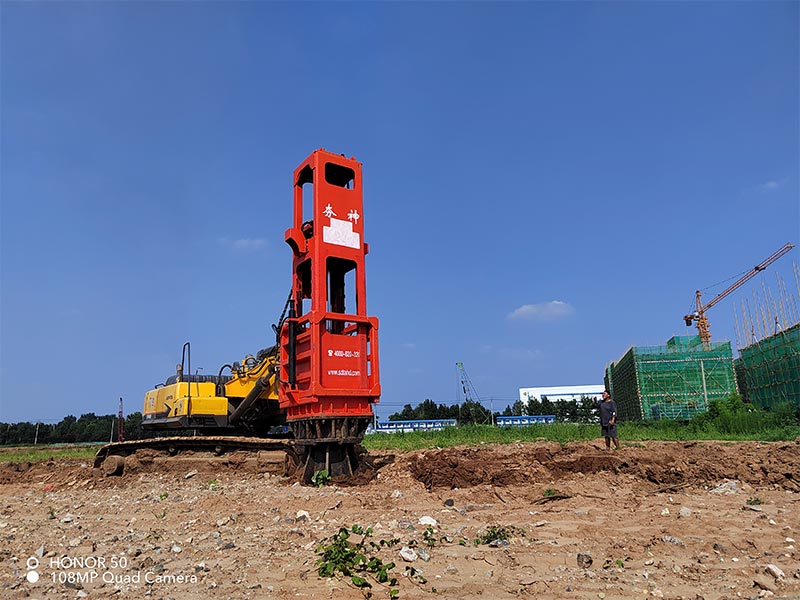
Rapid impact compaction features
Rapid impact compaction plays an important role in eliminating the differences in construction progress and process conditions of different professional construction teams, as well as the differential settlement of the foundation caused by factors such as rushing the construction period and rushing into the schedule. The construction effect of rapid impact compaction is mainly reflected in the fact that it can eliminate or weaken the inherent defects and man-made defects of local road sections such as the layered roadbed, the back of the abutment, the half fill and half excavation, the local high fill, the junction of old and new roads, etc., which may occur. during basic use. Rapid impact compaction have very flexible applicability and effectiveness in solving the problem of low quality of backfill on highway abutments and bridge and culvert sides. It can flexibly and flexibly compact different compaction operation positions accurately and quickly, or compact the operation area in a single point or continuously.
